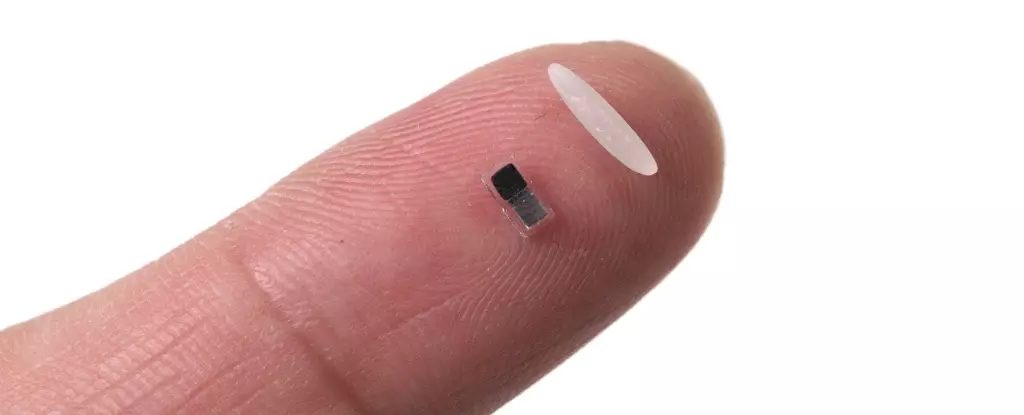In a groundbreaking development, scientists have unveiled what might be heralded as the future of cardiac care: an extraordinary minuscule pacemaker capable of regulating heartbeats with unprecedented precision. This wireless device, measuring smaller than a grain of rice, offers not only a temporary solution for patients in need of heart rhythm regulation but also introduces a new chapter in the evolution of medical technology. While this marvel remains years away from human trials, the potential it holds for transforming patient care is nothing short of remarkable.
A Leap Forward in Temporary Heart Regulation
Current practices for managing irregular heartbeats often involve invasive procedures, including the surgical implantation of temporary pacemakers. This traditional method necessitates attaching electrodes directly to the heart muscle and connecting them to external devices, creating a scenario fraught with risks such as infection and tissue damage. Some patients, like the late astronaut Neil Armstrong, have faced serious complications during the removal of such devices. The newly developed pacemaker, however, introduces a paradigm shift by enhancing safety and patient comfort. It can be effortlessly injected and will dissolve harmlessly into the body once its task is complete, mitigating the need for follow-up surgeries.
How It Works: The Mechanism Behind the Magic
At the heart of this innovation is a technology that merges biology and engineering. The new pacemaker operates wirelessly, eliminating the complex web of wires typically associated with traditional models. Controlled via a soft patch placed on the chest, this device is responsive and adaptive. When the patch detects an irregular heartbeat, it emits a light signal that instructs the pacemaker on which electrical pulse to send, effectively training the heart to maintain a normal rhythm. Notably, the pacemaker is powered by the body’s own fluids through a galvanic cell, a feature that not only enhances its design but also ensures sustainable operation within the human body.
Implications for Pediatric and Adult Cardiac Care
The driving motivation behind this new technology is deeply rooted in pediatrics. Approximately one percent of children are born with congenital heart defects that may necessitate temporary pacing. This revolutionary device offers immense hope for these patients, providing a less invasive and safer alternative during critical post-surgical recovery periods. But beyond the pediatric population, this innovation promises to improve outcomes for adults recovering from cardiac surgeries, significantly enhancing the quality of care and reducing associated risks.
A Broader Impact on Medical Technology
Beyond cardiac applications, the implications of this technology could be far-reaching. Experts are optimistic that the methods and principles developed for this tiny pacemaker could lay the groundwork for innovations in fields such as neuroregeneration and wound healing. The integration of bioelectronic medicine is on the verge of opening new avenues, one that could revolutionize our approach to various health challenges. Bozhi Tian, a prominent voice in this field, emphasizes that such developments may represent a significant leap not only within cardiology but across a spectrum of medical disciplines.
Broader Societal Implications and Future Directions
As we delve deeper into the potential of this innovative technology, it is essential to recognize its broader societal implications. Heart disease remains the leading cause of death globally, with millions relying on medical interventions to manage their conditions. The development of this tiny pacemaker could lead to a dramatic reduction in complications and mortality rates associated with heart issues. As scientists continue to advance their research, we can anticipate an era where complex and life-threatening cardiac issues can be tackled with solutions that are less invasive, more reliable, and ultimately transformative.
Indeed, as researchers pursue human trials, the long-term vision articulated by key figures in this field suggests a landscape where integrated smart implants become routine, fundamentally altering the patient experience. The journey toward widespread accessibility of such pioneering devices is just beginning, yet the promise it holds is undoubtedly powerful, encapsulating hope for countless individuals.


Leave a Reply